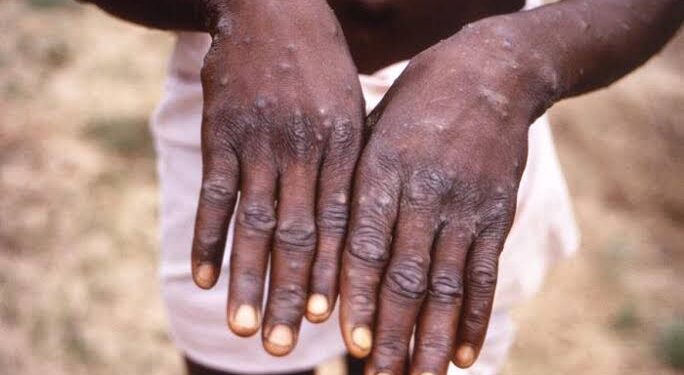Nigeria is no stranger to health crises, but the latest Mpox outbreak is making headlines for all the wrong reasons.
According to the Nigeria Centre for Disease Control and Prevention (NCDC), a whopping 67 confirmed cases of Mpox have been recorded out of 1,031 suspected cases across 23 states and the Federal Capital Territory (FCT). As expected, this news raises more questions than answers—chiefly, why are we still playing catch-up with diseases like this?
At a recent briefing held in Abuja, the NCDC rattled off the states with confirmed Mpox cases: Akwa-Ibom and Enugu lead with eight cases each, followed by Bayelsa (six), Cross River (five), Benue and Plateau (four each), Delta (four), and the FCT, Imo, and Lagos with three cases each. The list trickles down to other states like Rivers, Abia, Osun, and Anambra (two each), and even further to places like Kaduna, Gombe, Edo, and Oyo, with a single case each. The question is: How did we let it get this far?
What They Are saying
NCDC’s Director General, Dr. Jide Idris, tried to reassure the public by pointing out that the agency is ramping up surveillance efforts to accurately detect and report cases. “We’re working with the port health authority to prevent the importation of Clade I of Mpox into Nigeria,” Idris stated, as if we haven’t heard this song before. He went on to talk about enhancing the capacity of laboratories across the country, as not all of them are equipped to test for Mpox.

Apparently, the idea is to prevent the unnecessary movement of samples between states—because we all know how well Nigerian bureaucracy handles inter-state cooperation.
Why It Matters
Mpox is a viral zoonotic disease, meaning it can jump from animals to humans, and yes, it can spread between humans too. Originating in Central and West Africa, Mpox is typically found in tropical rainforests, but thanks to poor prevention efforts, it’s spreading its wings across the country. The virus can be transmitted through direct contact with infected animals like monkeys, squirrels, and rodents, or through exposure to body fluids. Human-to-human transmission? It spreads via contact with infected people or contaminated materials.
Symptoms of Mpox include fever, headache, body aches, weakness, and swollen lymph nodes. The tell-tale sign is a rash that starts on the face and spreads to other parts of the body, including the palms, soles, and, notably, the genital area. So yes, sexual contact could be a potential route of transmission, another avenue the authorities will need to keep an eye on.
One would think that after decades of handling various epidemics, Nigeria would have a more effective strategy in place. Instead, it seems we’re still lagging, and the NCDC’s reassurances feel more like damage control than a proactive approach. Laboratories need to be optimized, awareness campaigns need to be intensified, and border control measures have to be enforced if we’re going to curb this outbreak before it spirals further.
Bottom Line
So, what’s the takeaway here? Nigeria needs to get serious about preventing the spread of Mpox. It’s not just about isolating cases or issuing guidelines; it’s about ensuring we have the infrastructure, manpower, and resources to detect, test, and treat this disease effectively. Anything less, and we’re just setting ourselves up for another health disaster.

















